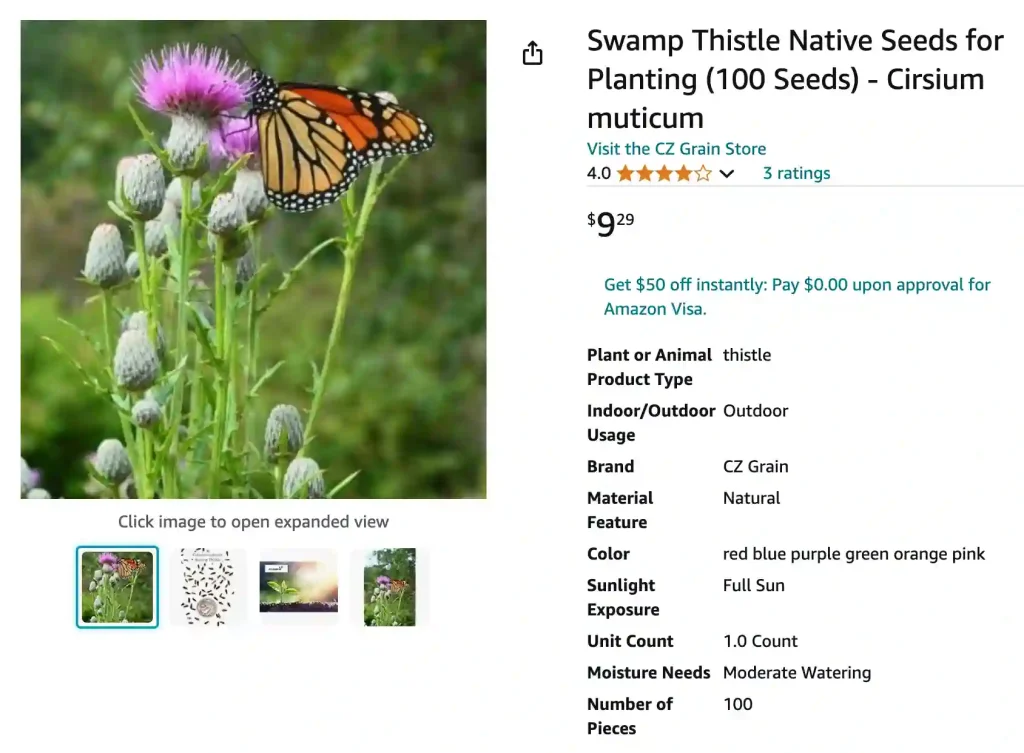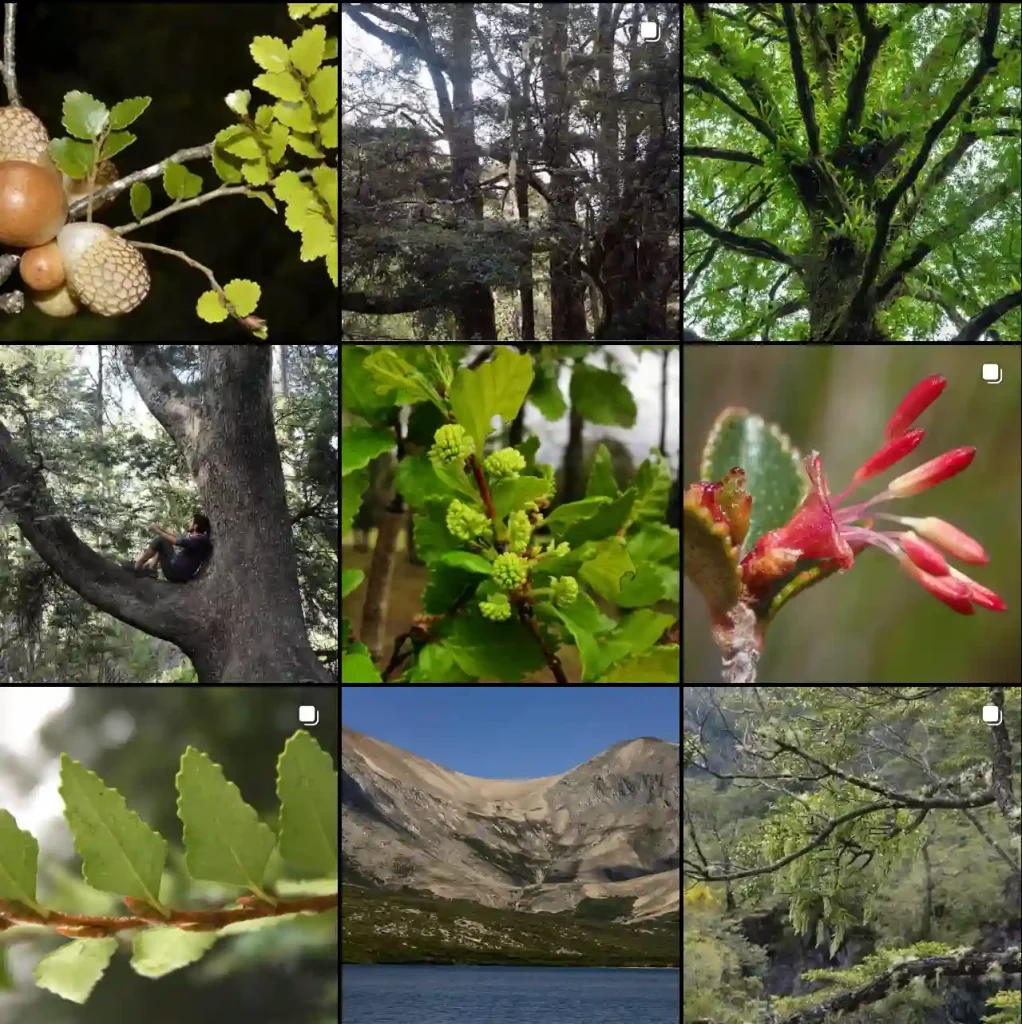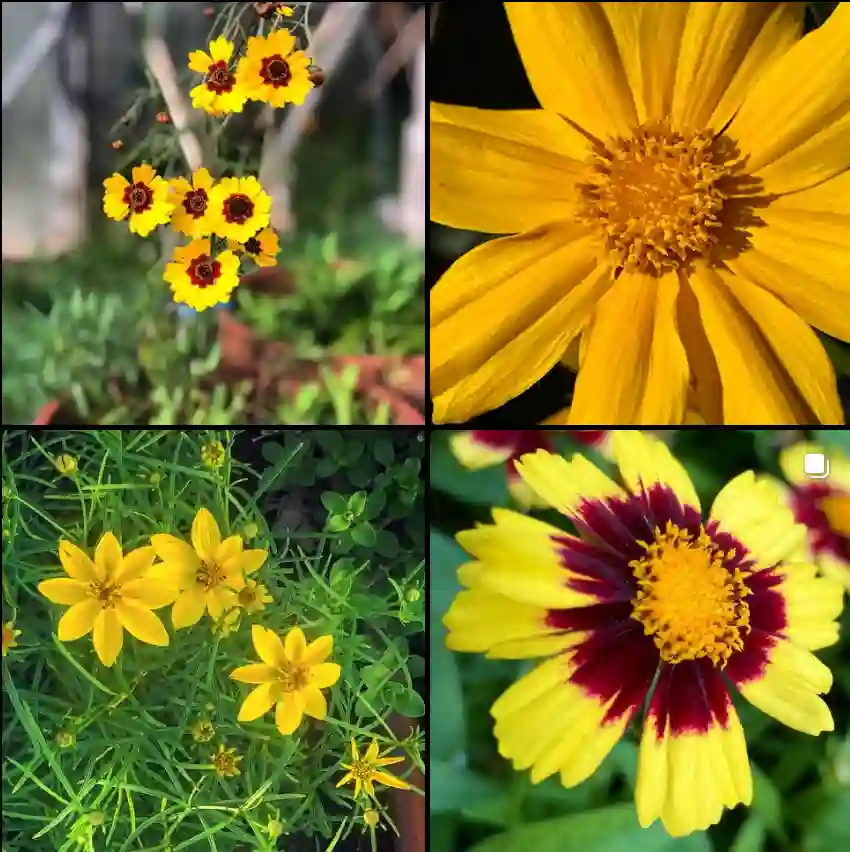
FAQs About Cirsium Muticum
Cirsium Muticum, commonly known as the Marsh Thistle, has intrigued me ever since I first encountered it in a wetlands habitat. As a passionate plant enthusiast, I often find myself diving into the unique traits and care requirements of this fascinating species. Below, I’ll address some of the most frequently asked questions about Cirsium Muticum, from its care needs to its compatibility with other plants.
471 Species in Genus Cirsium
What Is Cirsium Muticum?
Cirsium Muticum is a perennial thistle native to North America, particularly thriving in wetlands and moist meadows. Known for its tall, spiky flowers and robust foliage, it can grow up to six feet tall. The vibrant purple blooms appear in late summer, attracting various pollinators like bees and butterflies. This plant is often overlooked, yet it plays a crucial role in its ecosystem by providing habitat and food for wildlife.
How to Care for Cirsium Muticum?
Caring for Cirsium Muticum requires a few specific considerations:
- Light: This plant prefers full sun to partial shade. A location that receives at least six hours of sunlight daily is ideal for robust growth.
- Soil: Well-draining soil enriched with organic matter is essential. Since Cirsium Muticum grows naturally in wetlands, it thrives in moist, loamy soil. If you’re planting it in your garden, consider amending the soil with compost to enhance moisture retention.
- Watering: Regular watering is crucial, especially during dry spells. However, be careful not to overwater, as this can lead to root rot. Aim to keep the soil consistently moist, but not soggy.
- Fertilization: Applying a balanced, slow-release fertilizer in the spring can promote healthy growth. However, avoid over-fertilizing, as this can encourage excessive foliage at the expense of blooms.
- Pruning: In the fall, cut back spent flowers and dead leaves to encourage new growth in the spring. This also helps maintain a tidy appearance in your garden.
How to Propagate Cirsium Muticum?
Propagating Cirsium Muticum is relatively straightforward. The most common methods include:
- Seed Propagation: Collect seeds from mature plants in late summer or early fall. Sow them in a seed tray filled with moist soil and cover lightly with soil. Keep the tray in a warm area with indirect sunlight until germination occurs, usually within a few weeks.
- Division: If you have an established plant, you can divide it in early spring or fall. Carefully dig up the root ball and separate it into smaller clumps, ensuring each has roots and foliage. Replant the divisions immediately to minimize shock.
What to Plant With Cirsium Muticum?
Cirsium Muticum pairs beautifully with other native wetland plants. Consider combining it with:
- Echinacea purpurea (Purple Coneflower): The bright purple blooms complement the thistle and attract similar pollinators.
- Lobelia cardinalis (Cardinal Flower): This plant thrives in similar conditions and adds striking red blooms to your garden.
- Iris versicolor (Blue Flag Iris): Its tall, elegant flowers create a lovely contrast with the spiky thistle.
These companion plants not only enhance the aesthetic of your garden but also promote biodiversity.
Is Cirsium Muticum Toxic?
Cirsium Muticum is not known to be toxic to humans or animals. In fact, many wildlife species rely on it for food. However, as with any plant, it’s always wise to handle it with care, especially if you have allergies to related species.
Benefits of Cirsium Muticum
Beyond its striking appearance, Cirsium Muticum offers several benefits:
- Wildlife Habitat: This plant provides essential habitat for pollinators and other wildlife, making it an excellent addition to any native plant garden.
- Soil Stabilization: Its extensive root system helps stabilize soil, reducing erosion in wetland areas.
- Ecosystem Health: As a native species, Cirsium Muticum contributes to the overall health of the ecosystem by supporting local fauna and flora.
Common Problems with Cirsium Muticum
While Cirsium Muticum is generally hardy, it can face some challenges:
- Pests: Look out for aphids and caterpillars, which can damage the leaves. Regular monitoring and organic insecticidal soap can help manage infestations.
- Disease: Overwatering can lead to root rot, so it’s essential to ensure proper drainage.
- Invasive Behavior: In some regions, Cirsium Muticum can become aggressive. Regular pruning and careful management can help keep it in check.
Comparing Cirsium Muticum to Similar Species
I often get questions about how Cirsium Muticum compares to other thistle species, like Cirsium arvense (Canada Thistle) and Cirsium vulgare (Bull Thistle).
- Cirsium arvense: This species is often considered invasive and can quickly take over gardens. In contrast, Cirsium Muticum is more contained and manageable.
- Cirsium vulgare: While similar in appearance, Bull Thistle has spiny leaves and is less tolerant of wet conditions compared to Marsh Thistle.
In conclusion, Cirsium Muticum is a valuable and attractive addition to any garden, especially those focusing on native plants. Its ability to attract wildlife, combined with its unique beauty, makes it a fantastic choice for any garden enthusiast. If you’re considering adding this plant to your landscape, I encourage you to embrace its quirks and enjoy the vibrant life it brings!
If i die, water my plants!



